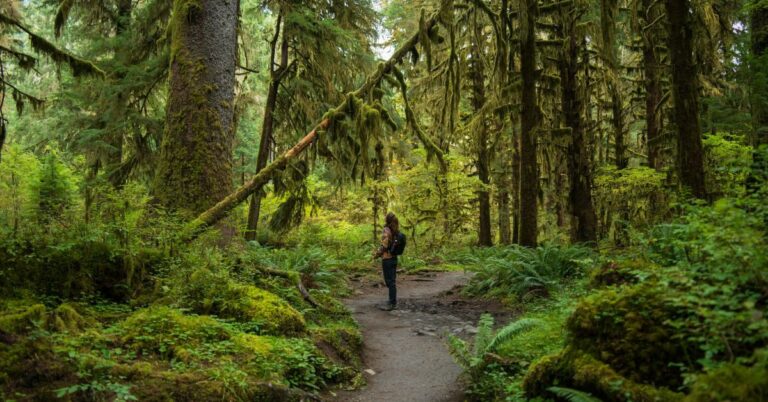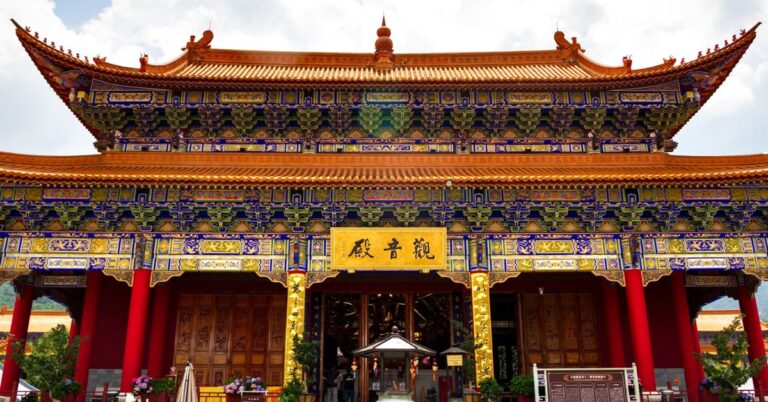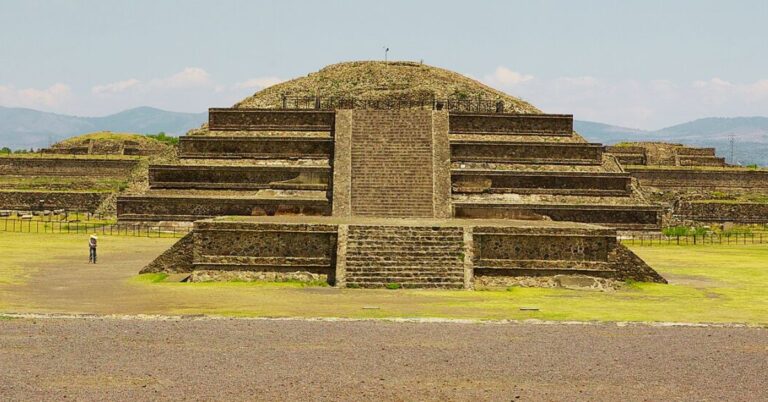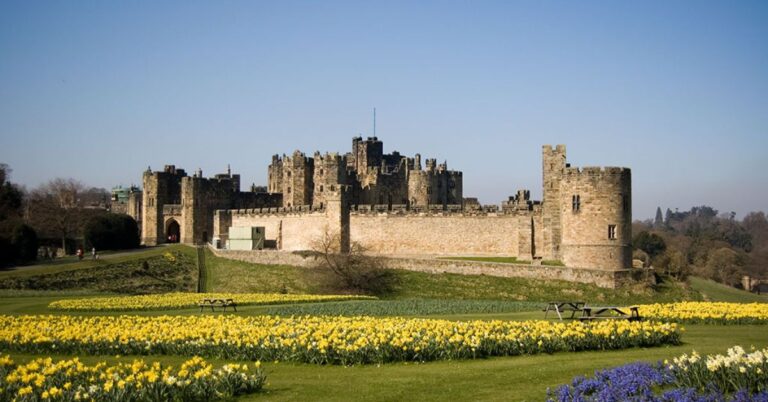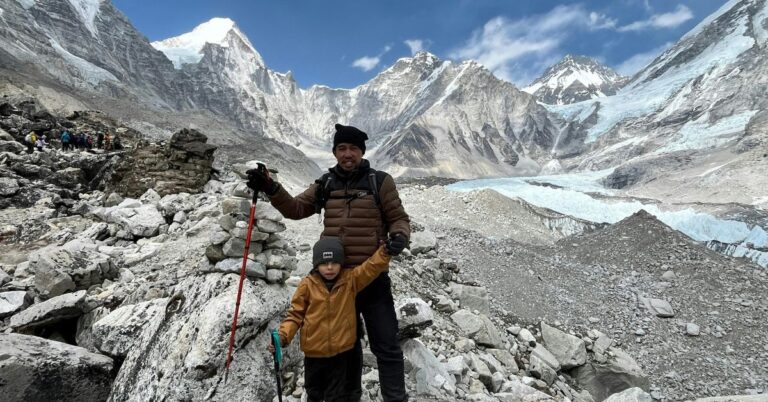15 Remote Peru Ruins That Escape The Tourist Trail
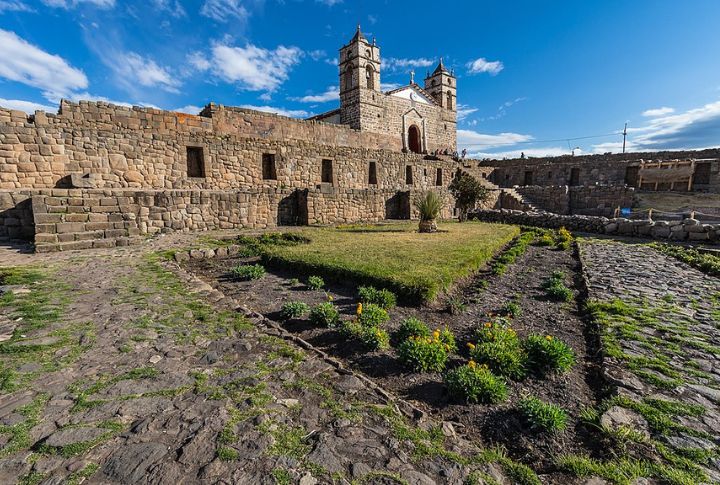
High up in the hills or hidden behind quiet towns, ancient ruins across Peru wait with stories carved into stone. These places are full of character and charm and don’t draw big crowds. The surroundings feel unhurried, with views that stretch far and moments that linger. Here are 15 that are worth the detour.
Choquequirao, Apurimac Region
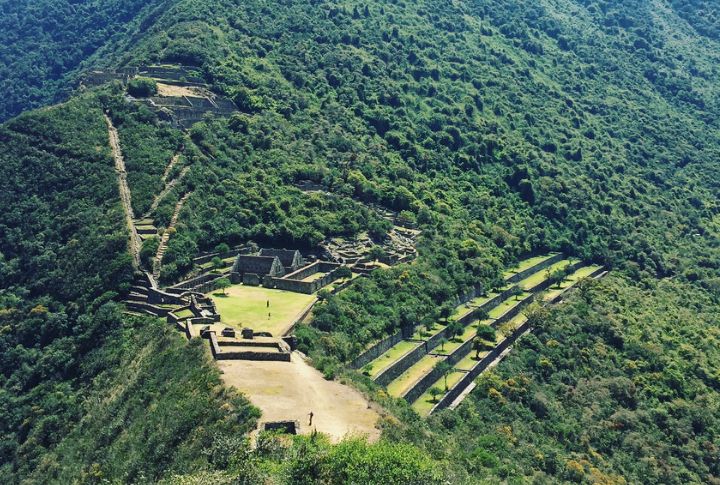
Few trails lead to a place like this. Hidden deep in the Andes, Choquequirao spreads across ridges and ravines with temples and agricultural terraces. The journey takes days on foot, which is partly why the site remains so peaceful despite being nearly as large as Machu Picchu.
Kuelap, Amazonas Region
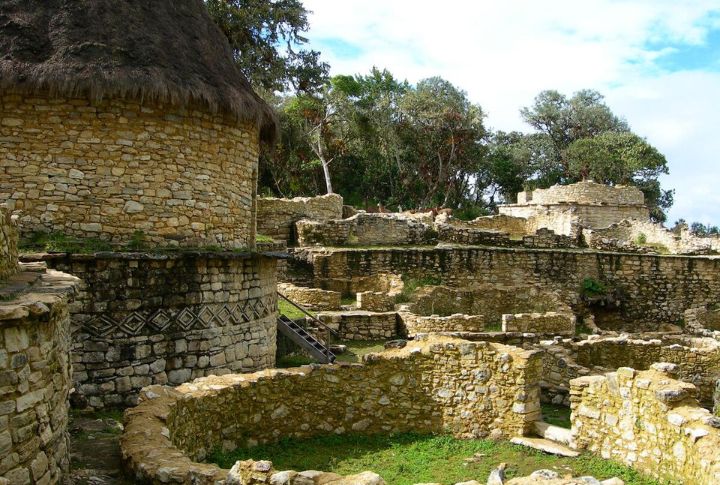
Massive stone walls guard the mountaintop where Kuelap once flourished. Unlike Inca design, its round buildings reflect Chachapoya architecture. The fortress, often shrouded in mist and forest moss, feels far older than its 6th-century roots. Even with a nearby cable car, international travelers still largely overlook it.
Marcahuamachuco, La Libertad Region
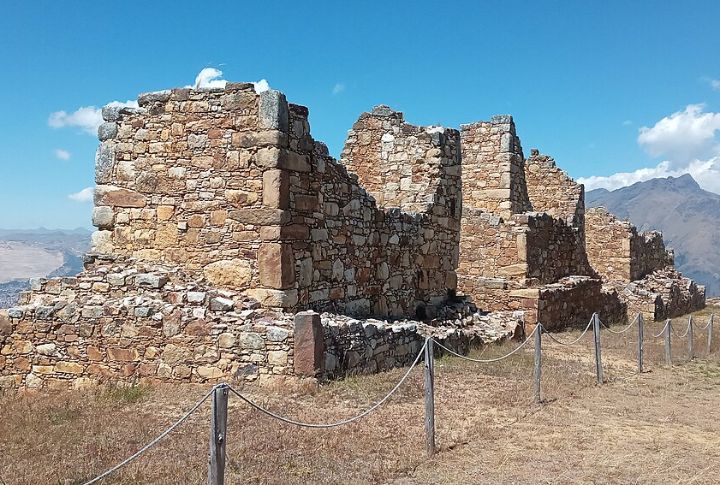
On a high plateau above the city of Huamachuco, remnants of towers and ceremonial corridors stretch across windswept land. Marcahuamachuco predates the Inca and previously served as a key regional power. The scale is vast, yet the crowds are nonexistent—even as the ruins slowly return to light.
Vilcashuaman, Ayacucho Region
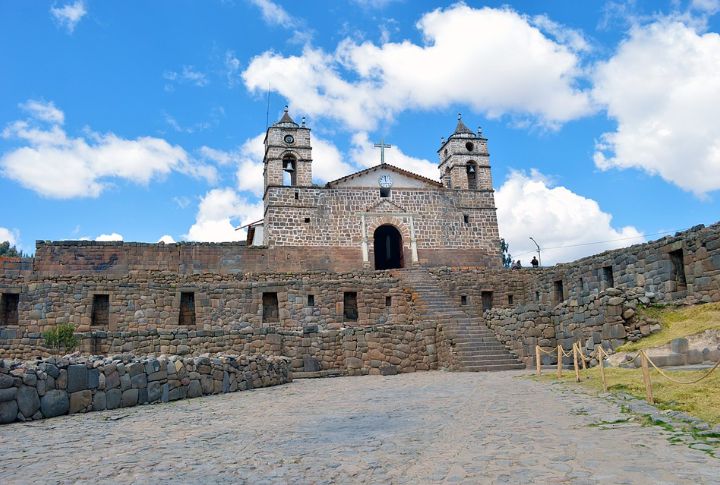
A modern plaza now rests atop ancient foundations in this small town. Built by the Incas, the site features a stepped pyramid and temple remnants, with stone foundations still supporting colonial buildings above. It’s a rare example of ancient and modern architecture coexisting in the same location.
Tambo Colorado, Ica Region
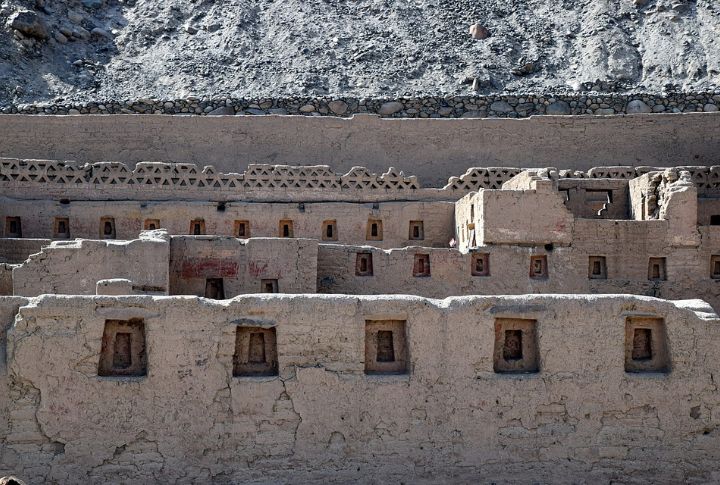
Tambo Colorado was an Inca administrative center near Peru’s coast. It was constructed with remarkable symmetry and preserved by the arid climate. Few other sites show Inca architecture in such bold hues—red and yellow stain the corridors, while bright colors cling to adobe walls in this desert outpost.
Sondor, Apurimac Region
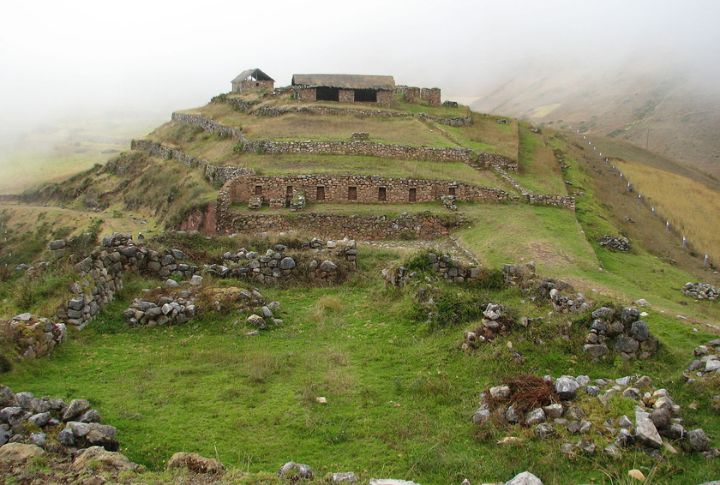
Above a lake outside Andahuaylas, these weathered structures belonged to the Chanka civilization in pre-Inca times. Stone platforms rise in stacked layers, believed to be used for rituals or solar alignments. Local legends surround the area, and the quiet hills make it easy to imagine ancient gatherings still echoing there.
Karajia Sarcophagi, Amazonas Region
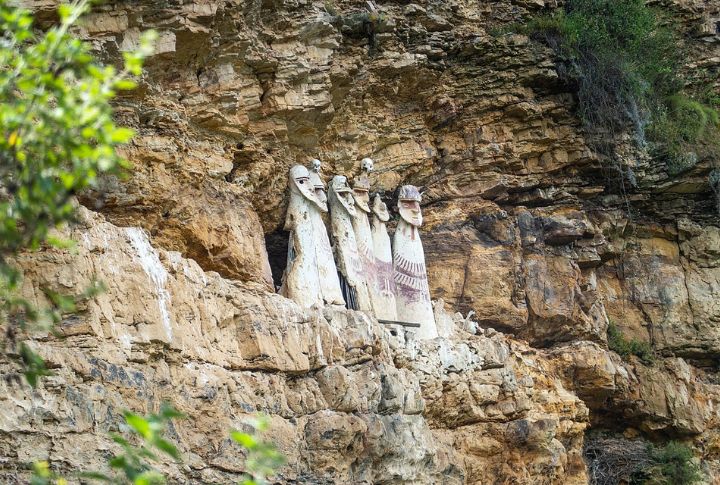
High on a cliff face, human-shaped tombs stare out over the valley. These sarcophagi, built by the Chachapoya, once protected elite mummies from looters and nature. The hike is steep and remote, but the eerie sight of figures watching from rock ledges is hard to forget.
Pikillacta, Cusco Region
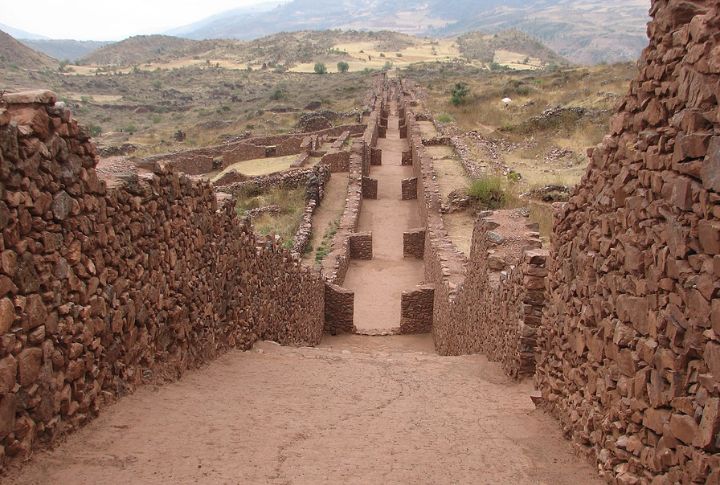
Rectangular buildings and long walls stretch across this archaeological zone near Cusco. Pikillacta dates back to the Wari Empire and features a city grid far older than the Incas. Its layout looks unusually organized from above, showing a civilization that planned its urban spaces long before stone-cut temples dominated.
Intihuatana, Puno Region
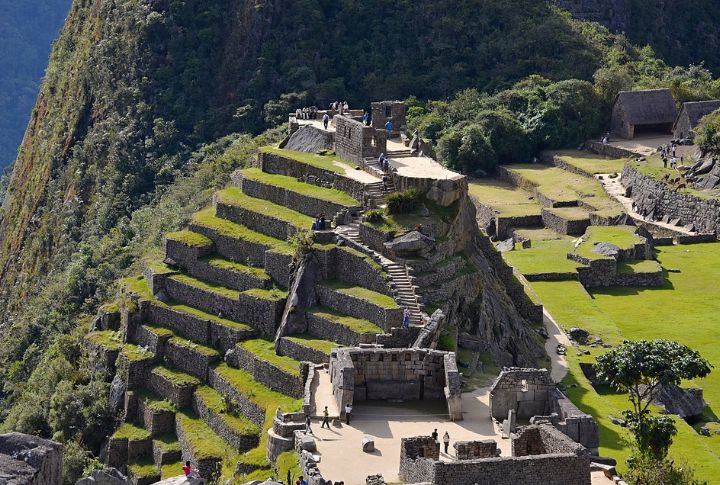
Not all sun altars are famous. Near Lake Titicaca, a lesser-known Intihuatana marks seasonal shifts with carved stones in grassy hills. Farmers still pass by on daily routes, unaware that the stone nearby once aligned with solstices and sacred rituals. There is little signage but plenty of history underfoot.
Kanamarka, Cusco Region

Dust lifts in the wind, drifting over low stone walls beside a remote hillside near Espinar. Kanamarka may look modest, but ongoing digs suggest it was a ceremonial hub during pre-Inca times. Pottery shards, burial sites, and small terraces give archaeologists clues, while the surrounding terrain remains untouched by development.
Caral, Lima Region
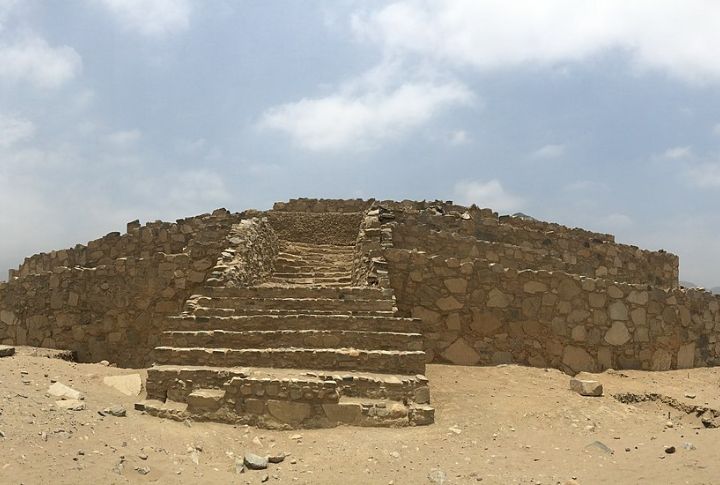
In Supe Valley, you’ll find one of the Americas’ oldest urban settlements: Caral. This ancient city, which thrived around 2600 BCE, features pyramids, sunken plazas, and an absence of warfare. Artifacts such as musical instruments and trade goods hint at a vibrant, complex culture. Still, even with UNESCO’s recognition, it’s a detour few travelers take.
Huchuy Qosqo, Cusco Region

Not far from Cusco lies a territory only accessible by foot or mule. Huchuy Qosqo (“Little Cusco”) clings to a ridge above the Sacred Valley, featuring Inca terraces and finely joined stonework. The view stretches endlessly, and the ruins feel frozen in time thanks to their quiet, high-altitude setting.
Wari Willka, Huancayo Region
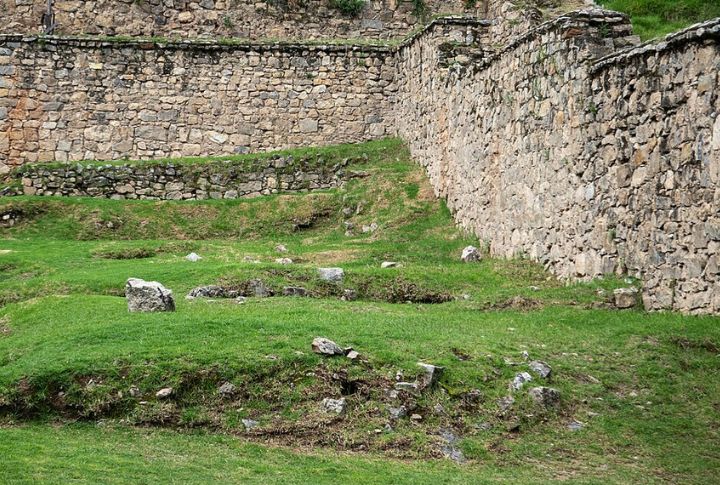
Just outside Huancayo, sacred walls host local offerings. Wari Willka began as a pre-Inca temple but later blended with Christian worship. Stone remnants sit beside altars and prayer notes. Tour buses rarely stop here, yet the site lives on through ritual more than excavation or tourism.
Sechin, Ancash Region
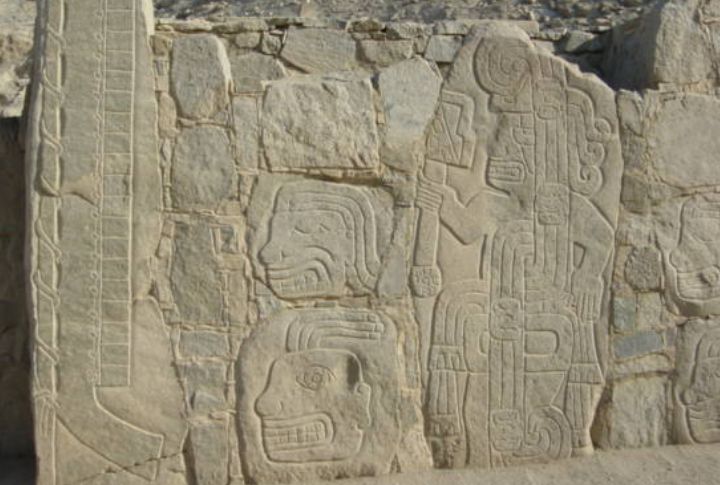
Stone carvings at Sechin date back over 3,000 years and depict warriors alongside bound captives in what appear to be brutal ceremonial displays. Some believe this was a ceremonial site tied to sacrifice. Unlike structures focused on agriculture or astronomy, this one confronts visitors with early visions of power and what it meant to rule.
Pukara, Puno Region
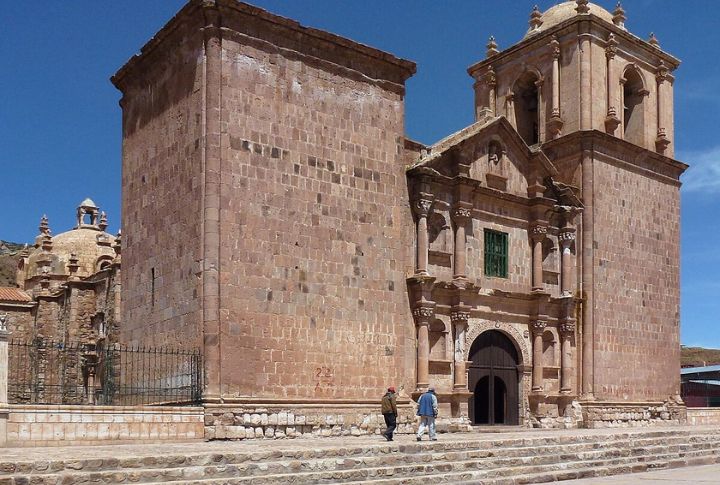
Travelers on the road to Lake Titicaca might pass this location without noticing. Pukara marked the center of a once-flourishing civilization known for ceramics and ceremonial sculpture. Prominent stone figures still turn up in the region. The ruins are quiet now, but the town’s museum keeps the culture alive.

